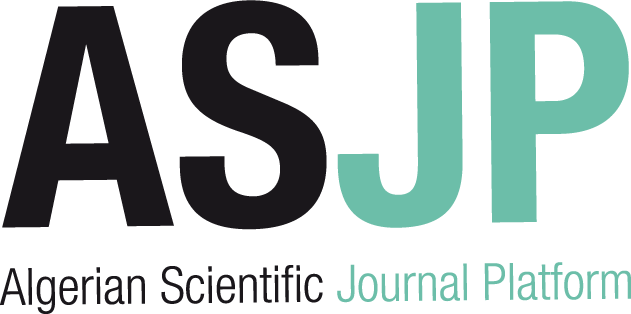[article]
| Titre : |
Measurement and analysis for rewetting velocity under post-BT conditions during anticipated operational occurrence of BWR |
| Type de document : |
texte imprimé |
| Auteurs : |
Sibamoto Yasuteru, Auteur ; Maruyama Yu, Auteur ; Nakamura Hideo, Auteur |
| Année de publication : |
2011 |
| Article en page(s) : |
08 p. |
| Note générale : |
Génie Mécanique |
| Langues : |
Anglais (eng) |
| Mots-clés : |
Boiling Fission reactor accidents Heat transfer Light water reactors |
| Index. décimale : |
620.1 Essais des matériaux. Défauts des matériaux. Protection des matériaux |
| Résumé : |
A series of experiments was performed for rewetting phenomena on dried-out fuel rod surfaces under post-boiling transition (post-BT) conditions with high-pressure and high-water flow rate simulating anticipated operational occurrences of a BWR. An analytical model for rewetting velocity, defined by a propagation velocity of a quench front, has been developed on the basis of the experimental results. The rewetting for the post-BT condition is characterized by the faster propagation of the quench front than that for reflood phase conditions during a postulated large-break loss-of-coolant accident. In order to provide an explanation of this characteristic, the present analytical model took an effect of a precursory cooling into account by modifying the existing correlation by Sun et al. (1975, “Effects of Precursory Cooling on Falling-Film Rewetting,” ASME J. Heat Transfer, 97, pp. 360–365), which is based on a one-dimensional analysis in a flow direction during the reflood phase. The present model demonstrates that the precursory cooling can significantly increase the rewetting velocity by more than an order of magnitude. Applying the experimental correlation developed in the separately conducted experiment into the heat transfer coefficient in the present model at a wet and a dry region with precursory cooling, our data of the rewetting velocity as well as the wall temperature profiles for the variable flow rates are successfully predicted. |
| DEWEY : |
620.1 |
| ISSN : |
0742-4795 |
| En ligne : |
http://scitation.aip.org/getabs/servlet/GetabsServlet?prog=normal&id=JETPEZ00013 [...] |
in Transactions of the ASME . Journal of engineering for gas turbines and power > Vol. 132 N° 10 (Octobre 2010) . - 08 p.
[article] Measurement and analysis for rewetting velocity under post-BT conditions during anticipated operational occurrence of BWR [texte imprimé] / Sibamoto Yasuteru, Auteur ; Maruyama Yu, Auteur ; Nakamura Hideo, Auteur . - 2011 . - 08 p. Génie Mécanique Langues : Anglais ( eng) in Transactions of the ASME . Journal of engineering for gas turbines and power > Vol. 132 N° 10 (Octobre 2010) . - 08 p.
| Mots-clés : |
Boiling Fission reactor accidents Heat transfer Light water reactors |
| Index. décimale : |
620.1 Essais des matériaux. Défauts des matériaux. Protection des matériaux |
| Résumé : |
A series of experiments was performed for rewetting phenomena on dried-out fuel rod surfaces under post-boiling transition (post-BT) conditions with high-pressure and high-water flow rate simulating anticipated operational occurrences of a BWR. An analytical model for rewetting velocity, defined by a propagation velocity of a quench front, has been developed on the basis of the experimental results. The rewetting for the post-BT condition is characterized by the faster propagation of the quench front than that for reflood phase conditions during a postulated large-break loss-of-coolant accident. In order to provide an explanation of this characteristic, the present analytical model took an effect of a precursory cooling into account by modifying the existing correlation by Sun et al. (1975, “Effects of Precursory Cooling on Falling-Film Rewetting,” ASME J. Heat Transfer, 97, pp. 360–365), which is based on a one-dimensional analysis in a flow direction during the reflood phase. The present model demonstrates that the precursory cooling can significantly increase the rewetting velocity by more than an order of magnitude. Applying the experimental correlation developed in the separately conducted experiment into the heat transfer coefficient in the present model at a wet and a dry region with precursory cooling, our data of the rewetting velocity as well as the wall temperature profiles for the variable flow rates are successfully predicted. |
| DEWEY : |
620.1 |
| ISSN : |
0742-4795 |
| En ligne : |
http://scitation.aip.org/getabs/servlet/GetabsServlet?prog=normal&id=JETPEZ00013 [...] |
|


 Ajouter le résultat dans votre panier Faire une suggestion Affiner la recherche
Ajouter le résultat dans votre panier Faire une suggestion Affiner la rechercheMeasurement and analysis for rewetting velocity under post-BT conditions during anticipated operational occurrence of BWR / Sibamoto Yasuteru in Transactions of the ASME . Journal of engineering for gas turbines and power, Vol. 132 N° 10 (Octobre 2010)











